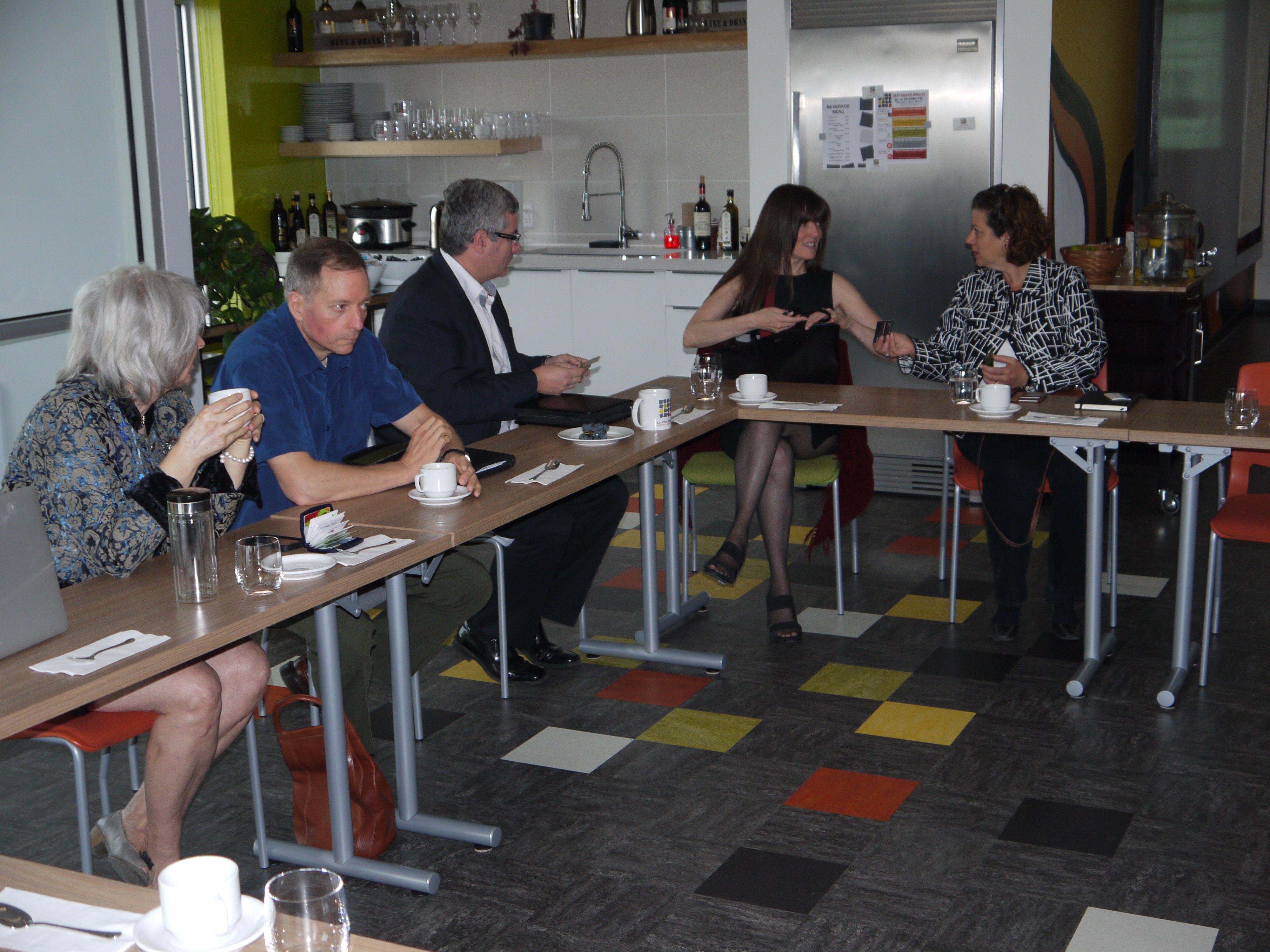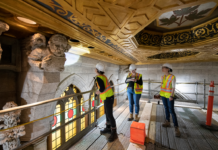Renee Gratton advocates for $30 million plus iniative to implement for international 2030 Community Integration Declaration
Ottawa Construction News staff writer
Renee Gratton has set out a challenging 15-year goal to achieve an international consensus and solutions for sustainable construction development and waste reduction through the Construction Resource Initiative’s Council (CRIC)’s “Community Integration Declaration.”
The goal: “Mission 2030 – engagement to reform the way we view and manage resources and waste. High-level system thinking to align, propose, process and people priorities,” she writes
The broad-ranging and high level initiative represents a significant increase in construction waste management challenges from Gratton’s original initiative to end the dumping of drywall in Ottawa-area landfills. She presented her thoughts at a press conference and protocol design charette on Sept. 25.
The vision reflects CRIC’s awareness that building products waste management issues will only be solved with a multi-faceted and international approach.
There is a need to overcome public and private policy reform inertia, she writes in the 2030 Community Integration Declaration. There is need for “an urgent rise in awareness of waste issues, impacts and best possible solutions at the development source, across the value chains and supply chains, for infrastructures and structures of the built and interconnected environments.”
Gratton believes the solution will require a “universal protocol, which we aim to accomplish with a Pubic Private Partnership to ensure clear rules and guidelines, particular to every culture or organization, which are to be observed by all parties in the conduct of business, negotiating, policies, etc.”
A key stage in developing this protocol will be a summit in Montebello, Quebec in 2017, she says, requiring a budget of $500,000 to $900,000.
Then there would be “key program development for interdependent sectors (public and private) to broadly adapt best proven and complementary people, tools and business process, reflecting (in the architectural, engineering and construction sector) IDP (Integrated Design Process) and BIM (Building Information Modeling/Management/lean.”
She expects to reach this stage (by 2020), the budget would need to be $10 million.
Then there would be a $30 million need for an “integrated marketing and communication campaign – the strategic combination of business processes co-ordinating, executing and measuring a brand’s persuasive communications over a variety of platforms including but not limited to advertising, direct marketing, sales promotion and public relations – traditional and social – to reach the 2030 goals and objectives, she says.








